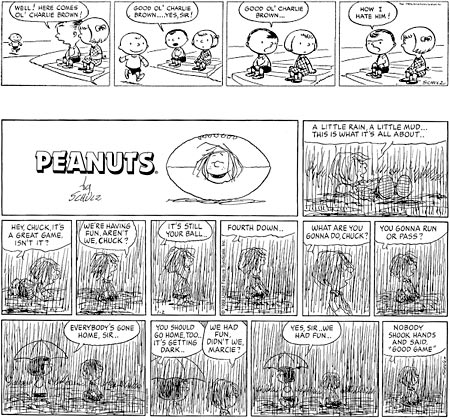
18th Century Venetian artist Giovanni Battista Piranesi was famous for his elaborate engravings of the fantastic architectural ruins of Rome.
He is even more well known for a set of 14 copper plate etchings titled Carceri (“Prisons”). These are architectural fantasies, “capricious inventions” as they are described on the title page. Their monumental size, grand design and Escher-like defiance of architectural realities are a far cry from the shabby dungeons that were the actual prisons of the day.
Loosely based on stage set designs, they show Piranesi indulging in his fascination with monumental Roman architecture; creating a fanciful series of structures and interiors in which he gets to play with perspective, geometry, scale, lighting and shadow effects.
The Surrealists admired Piranesi’s dreamlike evocations of imaginary spaces, and students of etching have praised his exploration of the medium, using etching needles, burin and burnisher in a variety of ways to achieve his effects.
The Art Gallery of Albeta in Edmonton is hosting an exhibition of images from the Carceri d’invenzione (Imaginary Prisons) series titled Piranesi’s Prisons: Architecture of Mystery and Imagination that is on display until November 7, 2010.
There doesn’t seem to be a catalog associated with the exhibit. A book of the etching series, The Prisons / Le Carceri is available from Amazon.
The museum also doesn’t appear to have an online preview of the exhibition. I’ve listed some links and resources for Piranesi below.
The best images of Piranesi’s etchings I’ve found are on the New York Public Library Digital Gallery. Click on the images for a larger version; you can click through in sequence at either size. There is a zoom button that pops up a new window and allows you to zoom in on parts of the image, albeit in a frustratingly small window. (Note that in addition to impressions from the Prisons series, there are many more works here; there are 6 pages of thumbnails for Piranesi. Wonderful images of grand Roman architecture and more.)
There is also a nice section on Piranesi as part of the Heilbrunn Timeline of Art History, with a detail page on the Round Tower from Prison series. (See my post on the Heilbrunn Timeline of Art History.)
There is an interesting blog post from Murray Ewing about piranesi’s effect on pop culture and cinema, and for an interesting twist on Piranesi’s series by a contemporary collage artist, see my post on Emily Allchurch.
According to an early biography of Piranesi, he is reported to have said:
“I need to produce great ideas, and I believe that if I were commissioned to design a new universe, I would be mad enough to undertake it.”
[Thanks to ianehunt, @condottiere94 (Twitter page) for the suggestion]
Piranesi at New York Public Library Digital Gallery
Piranesi on MetMuseum Timeline of Art History
Met detail page on the Round Tower from Prison series
Engravings by Piranesi (many views of Rome, drill down for large versions)
Web Gallery of Art
The Round Tower at the Met
Piraesi at The National Gallery
Artchive (links at bottom of page)
CGFA
Cuidad de la pintura (ES)
ARC
Humanities Web
Museo do Roma
Artcyclopedia (links to other resources)
My previous post about Giovanni Battista Piranesi




